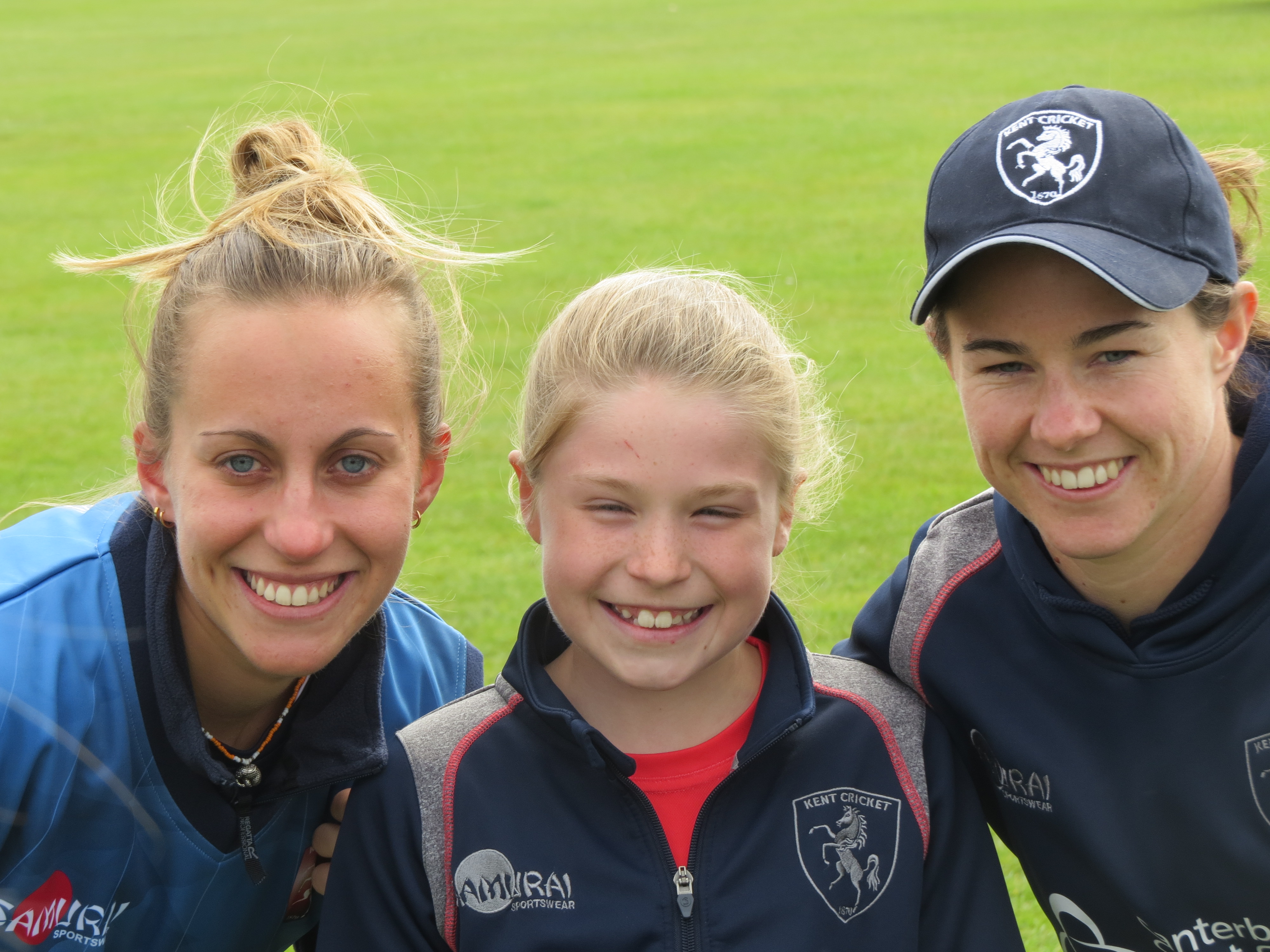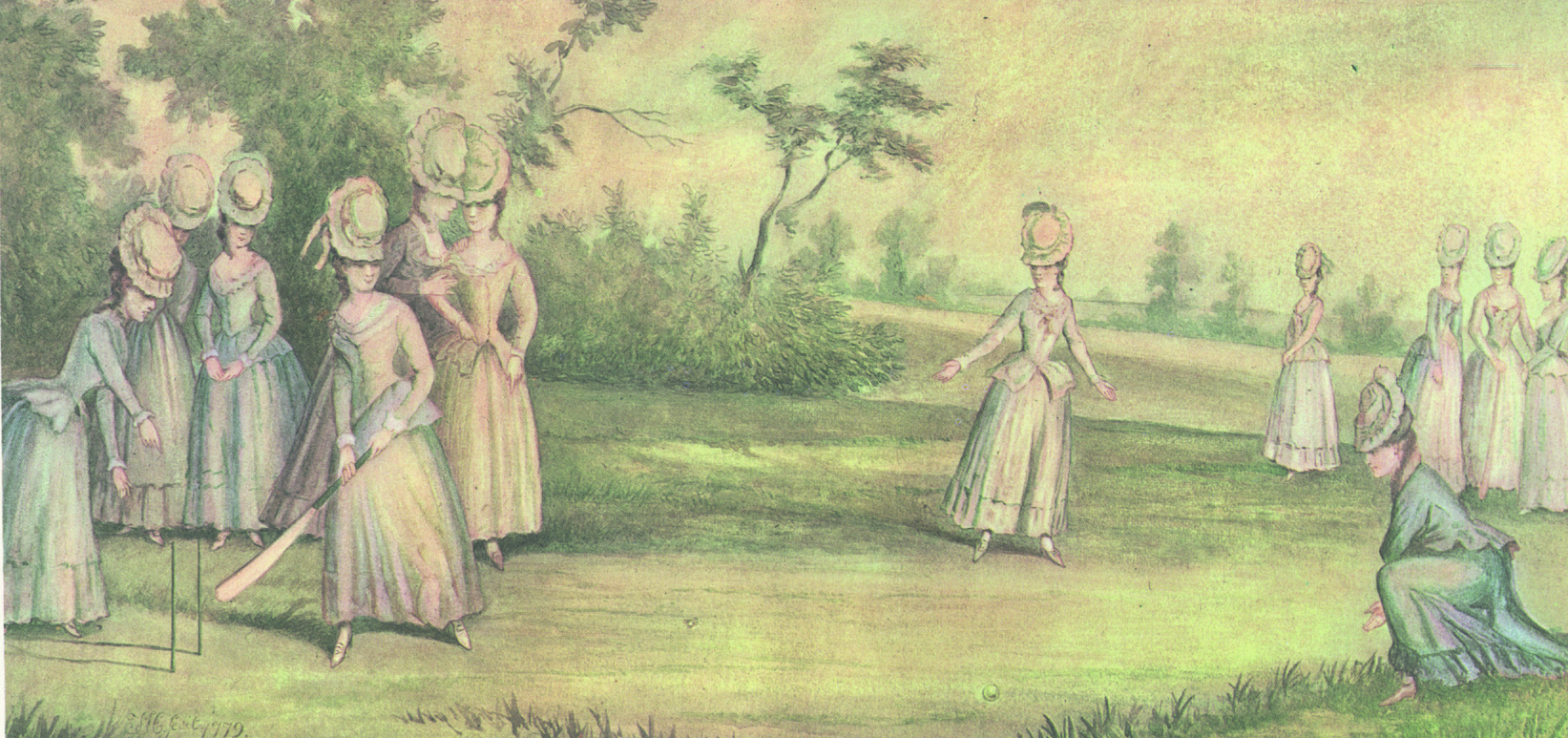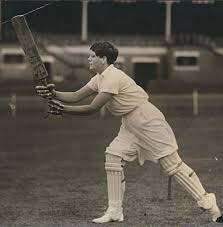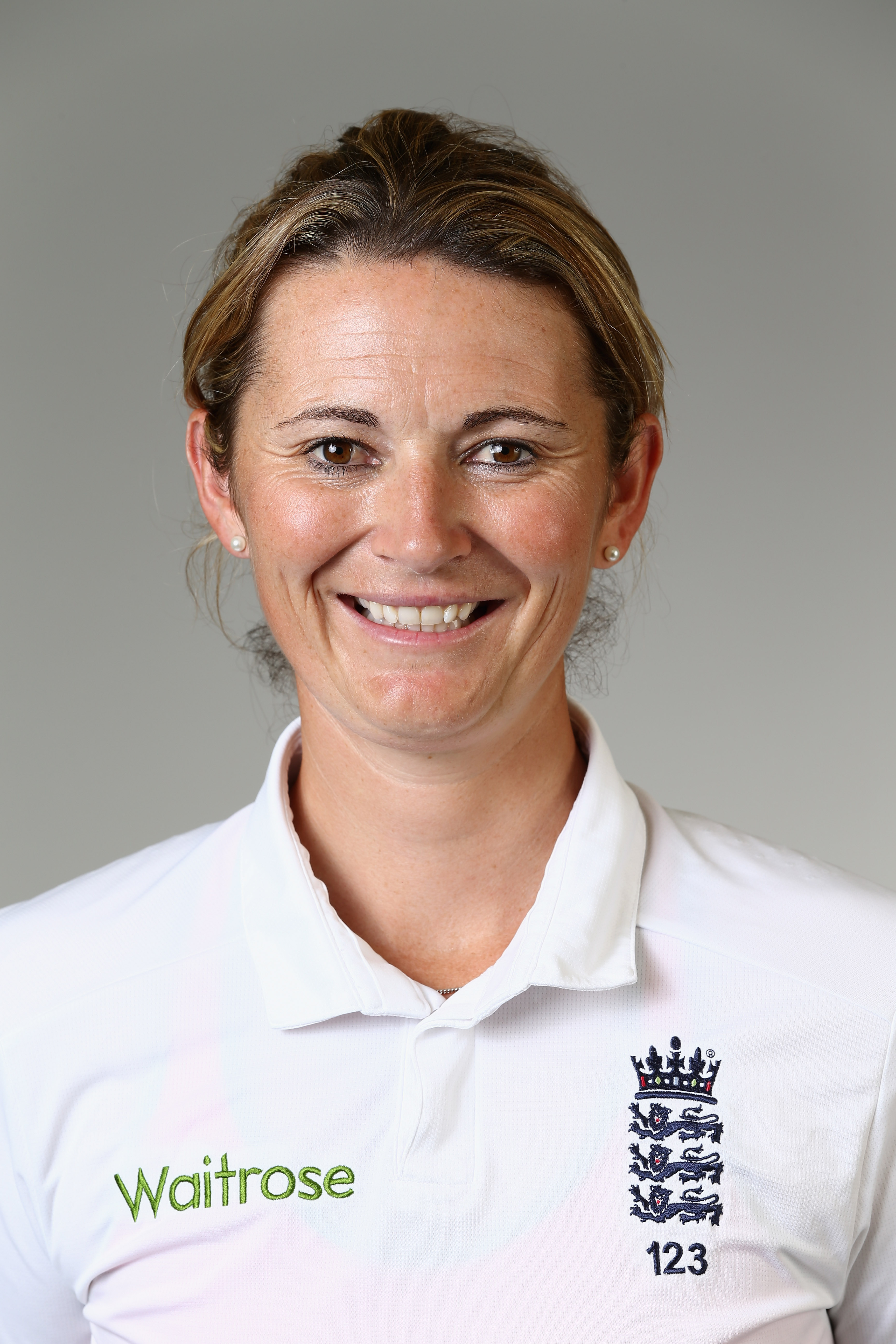A couple of weeks ago I was at the Polo Farm ground near Canterbury to watch the start of the Women’s county season, as Kent took on Nottinghamshire. To be perfectly honest, the thing that drew me there most was the fact that my granddaughter was among the Kent Under-11 squad who were given their county caps by two of Kent’s England players, Tammy Beaumont and Tash Farrant, before the match began, which was a wonderful gesture to show how important the continuity of successful cricket in Kent is to everyone concerned. Many of the players in the county side had come through the junior ranks, coached and organised by David Sear, a man who is by now certainly a local cricketing legend if not a Kentish national treasure. When the match itself began, Kent soon had the measure of Notts, and they won in style. And that was just the start. As I write this, the Kent women have gone on to win all of their first four championship matches, emphasising what a strong county for women’s cricket Kent is and has always been.

Tash Farrant and Tammy Beaumont present one of Kent’s U-11 girls with her cap
The 2019 Wisden Cricketers’ Almanack, the bible of cricket, has chosen Tammy Beaumont as one of their Five Cricketers of the Year, making her the second woman from Kent, after Charlotte Edwards, to win that honour, which to date has only ever been won by six women. Kent Women have won the County Championship more times, seven, than any other county since it was first officially organised in 1997, and have been runners-up a further five times, not to mention three T20 titles – but of course women’s cricket in the county has a much longer history than that. The first game under the Kent County banner seems to have been in 1937, but a full century before that women were playing cricket in Kent. There is even a lithograph dated 1779 entitled “Women at Cricket”, and the part played by the Kentish Maid Christina Willes in the development of overarm bowling in ther early part of the nineteenth century is well known, although the legend may well be based on not much fact.

Women At Cricket – 1779
Eighty years ago, Kent women were playing cricket against teams from all around the country, even if there was no officially recognised county championship then. Several of Kent’s best players, women like Betty Archdale, Marjorie Richards, Carol Valentine (the sister of Bryan Valentine) and the twins Joan and Barbara Blaker, daughters of Dick Blaker who was part of Kent’s first Championship winning side in 1906, were all well known in the years immediately before the Second World War. People watching women’s cricket these days comment on the high level of skill and fitness shown by the players, and certainly this is true in comparison with the women’s game thirty years ago. Rachael Heyhoe-Flint, one of the greats of women’s cricket and a force of nature in her own right, commented to me a couple of years before she died that she could never have played the way that more modern players like Charlotte Edwards or Sarah Taylor play, but even accounting for Rachael’s natural modesty (not a quality for which she is usually remembered), there is no doubt that the top women these days play at a different level from their predecessors.


Then and now- Betty Archdale and Lottie Edwards
The reason is largely economic. All women cricketers of the past were amateurs and had to pay their own way completely. Even on overseas tours, they were barely subsidised beyond a contribution from the organisers towards their travel costs, and a three or four month tour of Australia might cost a tourist several thousand pounds, even sixty years ago, not to mention any loss of earnings which would inevitably result from a long absence from home. This meant that only the most well off could hope to play at international level, while women who were gifted at sport tended to find other, less expensive outlets for their talents. And they certainly could not expect much help with coaching, fitness training, physiotherapy, diet planning and all the other things that top cricket professionals these days, men and women, are beginning to take from granted. No wonder that in women’s cricket the fielding is quicker, the batsmen hit harder and the bowlers bowl faster than they did a generation ago.
Still, we should not underestimate or forget the pioneering women cricketers of the past. Without their example, their successes and their skills in spite of the barriers put up before them, there would be much less enthusiasm for women’s cricket today. OK, so it seems unlikely that women’s cricket will ever eclipse the male version in public popularity, but there is no reason why in the not too distant future cricket should not be seen, like tennis, as a sport where the men’s and women’s games are seen as equally exciting and an equally lucrative sport for both spectators and players. Do yourself a favour and go and watch the Kent Women this summer. At the moment they seem to winning more often than the men and you will be very pleasantly surprised by what you see.
0 Comments